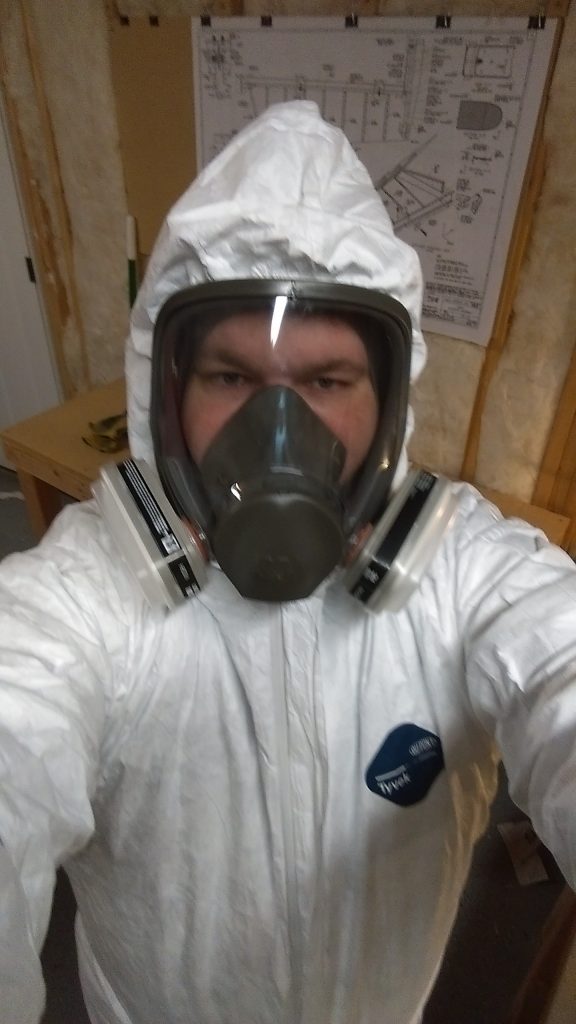Thanks for the info Lynn!
BTW, when prepping your parts for priming with scotchbrite pads do you also use a cleaner or solvent? If so, may I ask what do you use?
I do use acetone as my cleaner. My process goes like this:
1. Assemble parts and match drill or back drill.
2. Deburr all holes and dress all edges with a scotchbrite wheel and/or pad
3. Scuff all my parts for priming using a maroon scotchbrite pad. My goal is to keep as much alclad on the metal as possible (its a good corrosion inhibitor itself), but also clean off any surface corrosion and finish away light scratches from the assembly process. One the parts have nice "satin" finish, thats usually when I call them good to go for the next step.
4. Give the parts a quick wipe down with a dry micro-fiber towel. This takes a few seconds per part, but it gets all the bulky dust off the part and makes the acetone cleaning go quicker.
5. Clean with acetone. I use white, un-dyed paper towels for this. It usually takes a good 3 passes, each time using a clean side of the paper towel (I like to fold in quarters for using the most of the towel). I will wipe the parts with acetone until the paper towel comes up clean, then its good to go! Again, 3 passes is about all it takes.
6. Spray them with primer! AKZO is pretty fool proof and covers very very well with little effort using a cheap Harbor Freight HVLP spray gun. I like to give the parts a day or two to cure. Even though AKZO dries really fast, and can be worked within an hour or so of painting, it does harden very much over a day. So I will let the parts cure at least a day to be safe.
7. Dimple the parts that need it, and then do final assembly and rivet.
The process has worked out pretty good so far for me. I like to dimple AFTER priming because if you try to scuff parts using a scotchbrite pad that has been dimpled, the back side of the dimples will chew up a scotchbrite pad

Also, I will try to "batch" all my priming as much as possible. This is pretty easy to do on the tail kit, you just have to keep up with where you are in the plans. Batching up the priming makes it easier for me personally because I have to wait for good weather since I am spraying outside. AKZO is very nasty, please use a respirator (full face preferable) and a cheap tyvek suit (about $8 on amazon) to protect you. Really, any primer that uses chromates you want to do this, not just AKZO. I think I have around 100 bucks all together in my full face respirator, organic chemical filter cartridges (the pink ones), and a tyvek suit, and its the best money you'll spend if you are spraying chromates.
Hope that helps and happy building!





